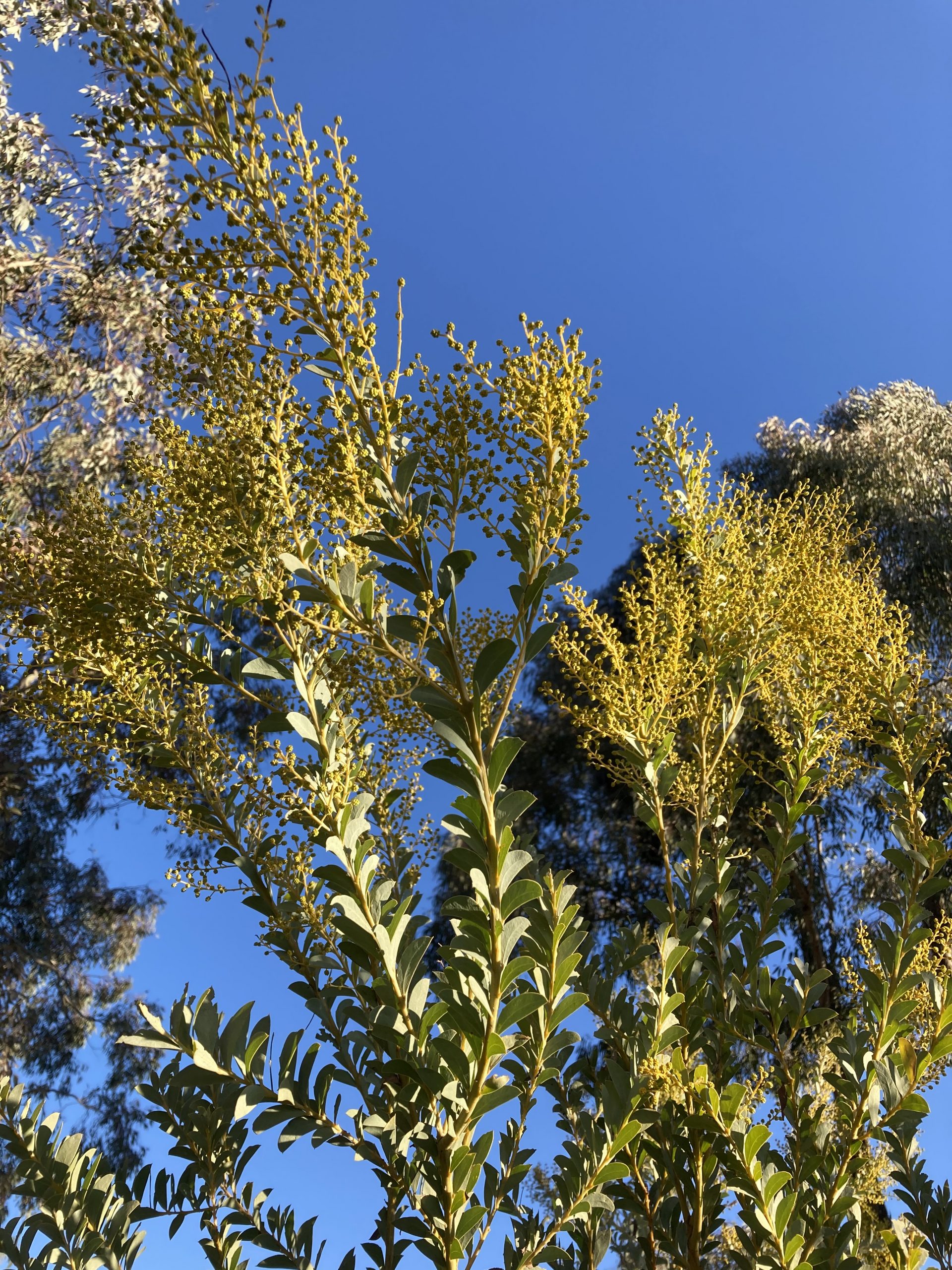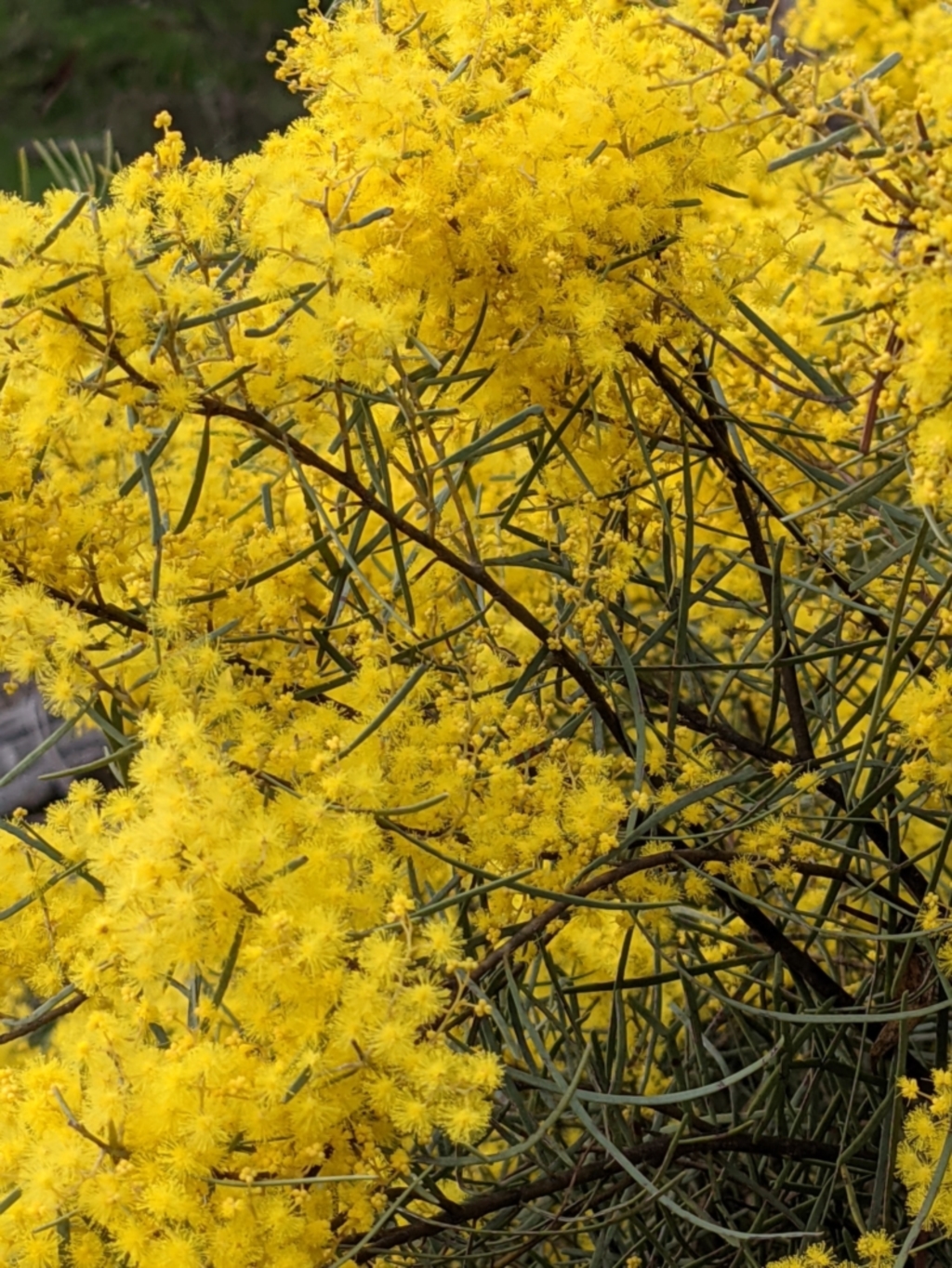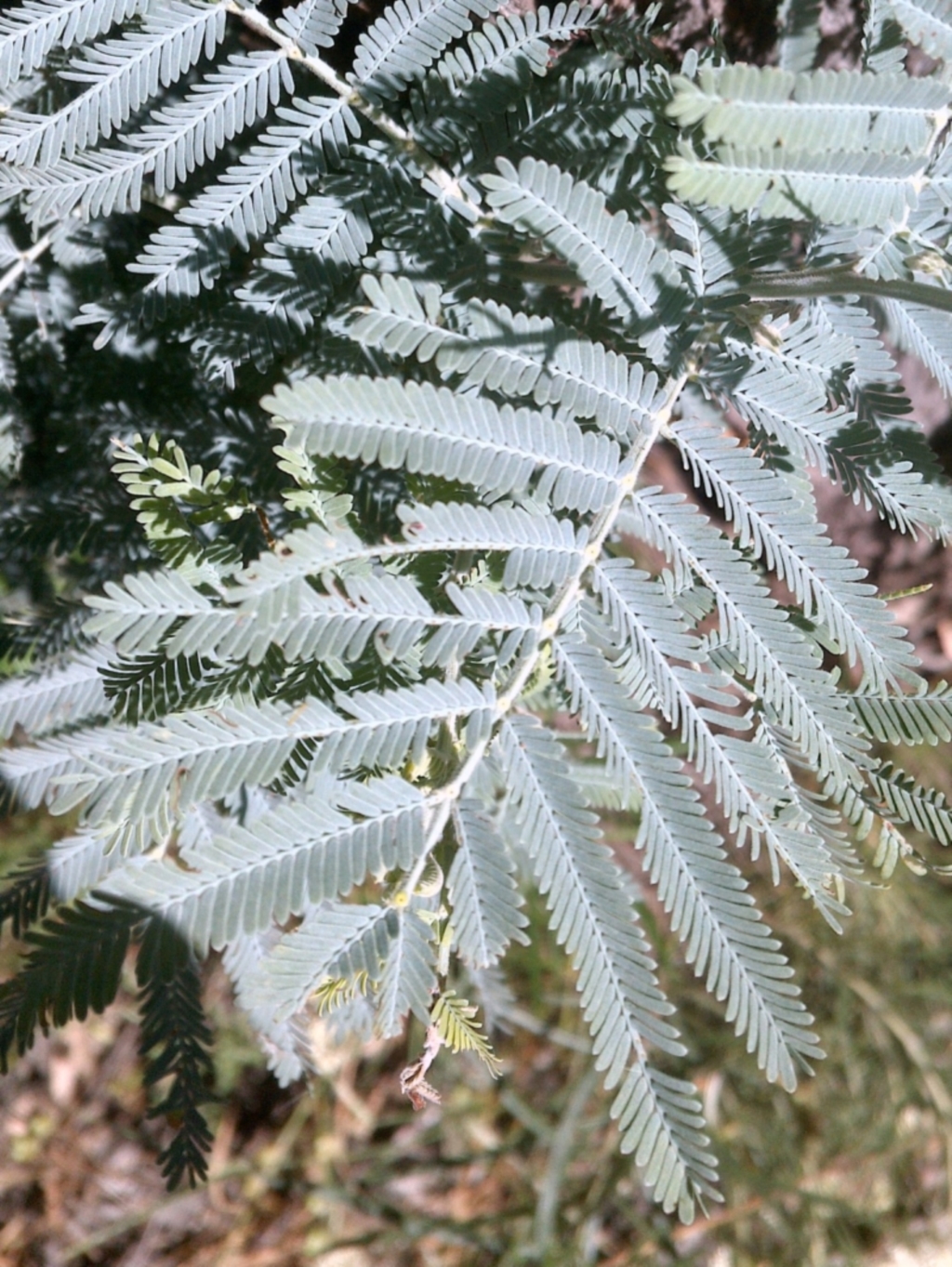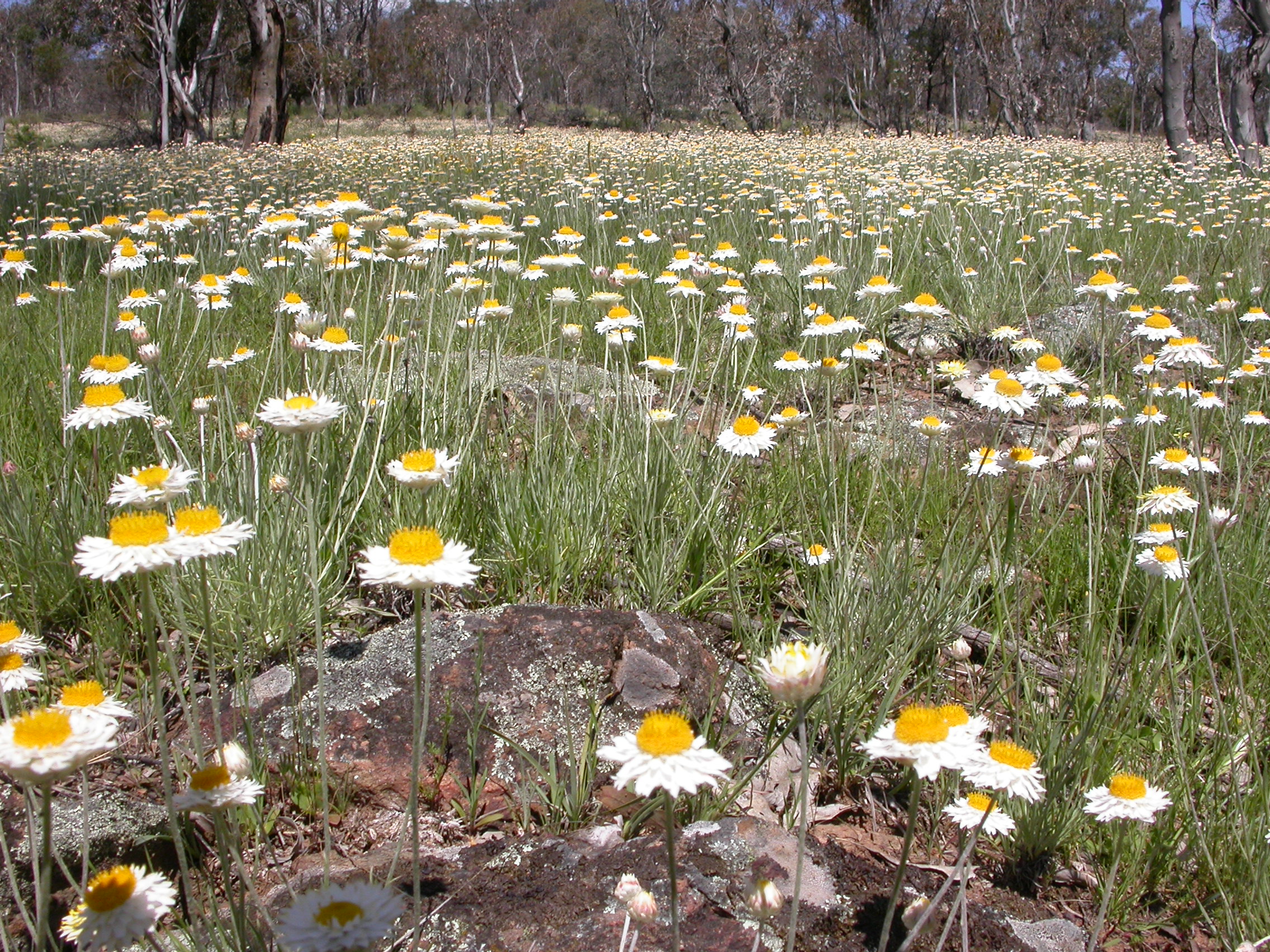
The Knife-leaved Wattle, Acacia cultriformis, is one of the non-local Australian species that invades Mt Majura’s northern slopes from the Federal Highway plantings (W.Pix).
Join the Friends of Mount Majura to help tackle woody weeds on the northern slope of Mt Majura.
When: Sunday, 19 June 2022 from 1.00 pm to 4.00 pm.
Where: Meet at the nature park entrance Tay Street / Ian Nicol Street, The Fair, North Watson; click here to view a map with the meeting point and pink outlined the target area.
Bring and wear: Sun protection, sturdy boots, body covering garden clothing and garden gloves if you have them; we’ll provide tools and herbicide for cutting and dabbing the woody weeds.
Please be punctual. We will be leaving the meeting point shortly after 1 pm as there is a fair bit of walking involved to the target area on Mt Majura’s beautiful northern slope.
Enquiries: secretary@majura.org
Download poster for promotion.
We will be providing an induction on the safe handling of equipment and herbicide and encourage working in pairs; if you do not like to use herbicide you may choose to be the cutter.

The non-local invasive Snowy River Wattle is been widely used for garden and landscape planting (B. Reid).
This will be a Search and Destroy activity in one of the nature reserve’s best grassy woodlands on the northern slope of Mt Majura.
Yellow Box Blakely’s Red Gum Grassy Woodland has been classified as a critically endangered ecological community under Commonwealth legislation and A.C.T. legislation.
Non-local species from plantings along Federal Highway are invading the grassy woodlands of Mt Majura’s northern slope. If left alone, the invading species such as Knife-leaved Wattle, Snowy River Wattle, Cootamundra Wattle and other non-local Australian species used for landscaping and gardening in the ACT will invade and threaten the grassy woodlands of the Mount Majura and Mount Ainslie nature reserves.
Control of woody weeds using the cut and dab and the frilling methods.
Cut stems close to ground level and immediately treat cut surface with herbicide glyphosate (Roundup or equivalent product) applied at high concentration e.g. 1 part glyphosate : 2 parts water; apply herbicide mix with spray or dauber.
The plant’s natural protective mechanism acts very quickly to seal off the cut surface which stops herbicide penetration into the sap stream. It is therefore important to treat the cut surface immediately, i.e. within 30 seconds after the cut; the longer the treatment is delayed, the poorer the result will be. If necessary cut and treat each stem of a multi-stemmed plant separately to avoid delayed herbicide treatment.
Large woody weeds where cutting by hand is too slow for a successful herbicide application should be frilled. Frilling involves the cutting into the sap carrying tissue (the cambium) under the bark; each cut must be immediately filled with the herbicide mix; cuts must be below any branching and can be carried out with a sharp axe or with a saw.
The targets.
The below links provide information on some of the woody weed species we will likely encounter:

Leaf of a Cootamundra Wattle x Silver Wattle hybrid (B. Reid)
Cootamundra Wattle, Acacia baileyana; check out FoMM’s Woody weeds album to view Cootamundra Wattles leaves and learn how to distinguish them from leaves of the local Silver Wattle; see also successive photos taken of a frilled Cootamundra Wattle;
Cootamundra Wattle x Silver Wattle hybrid: the introduced Cootamundra Wattle and the local Silver Wattle readily hybridise through cross-pollination to produce reproductive offspring; hybrids show various degrees of their parent species features (see photo to the left);
Knife-leaved Wattle Acacia culitriformis
Snowy River Wattle Acacia boormanii
Grevillea arenaria; please read the comments on this Canberra Nature Map post; according to the ACTCensus of Vascular Plants the species is a non-local species; along with other non-local Grevillea and Wattle species it has been extensively used for landscape planting along Federal Highway from where it invades the critically endangered grassy woodlands Mt Majura.



